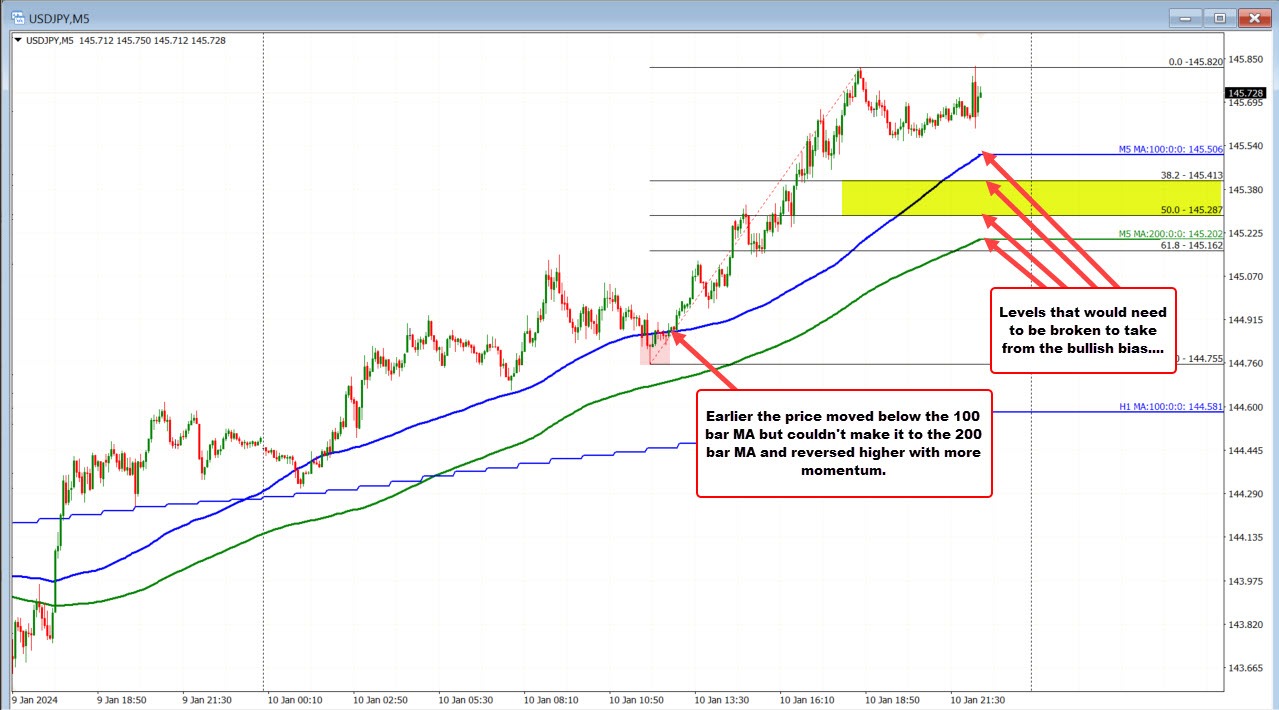The Federal Reserve’s Monetary Policy: A Hawkish Stance
The Comments from NY Fed President
The comments from the NY Fed President regarding the Federal Reserve’s monetary policy stance were a bit more hawkish than expected. The President stressed the need for a restrictive policy stance for some time, indicating a willingness to raise interest rates to combat inflation.
Key Points from the Comments:
1. Need for a Restrictive Policy Stance
The NY Fed President emphasized the importance of maintaining a restrictive policy stance to keep inflation in check. This suggests that the Fed may consider raising interest rates in the near future to prevent inflation from spiraling out of control.
2. Rate Cuts Contingent on Inflation Target
While the Fed has the ability to cut rates, the President indicated that any rate cuts would only happen once the Fed is confident that inflation is moving back towards the target of 2%. This cautious approach signals a willingness to act decisively if necessary, but only when the economic conditions merit it.
3. Work on Inflation Target Continues
Despite progress, the President reiterated that the Fed’s work to bring inflation back to 2% is not yet complete. This suggests that the Fed will continue to monitor inflation levels closely and take appropriate action to achieve its target over the long term.
Market Reaction
The USDJPY has reached a new high, surpassing earlier levels and approaching 145.825 before retracing slightly to trade at 145.68. The market’s response to the Fed President’s comments indicates a degree of uncertainty and volatility as investors digest the implications of a potentially more hawkish monetary policy stance.
How Will This Affect Me?
As a consumer or borrower, a more restrictive monetary policy stance could mean higher interest rates on loans, mortgages, and other forms of credit. This may lead to increased borrowing costs and potentially impact spending and investment decisions in the future.
How Will This Affect the World?
The Federal Reserve’s monetary policy decisions have a ripple effect on the global economy due to the US dollar’s status as the world’s primary reserve currency. A more hawkish stance by the Fed could lead to a stronger dollar, impacting international trade, investment flows, and financial markets worldwide.
Conclusion
The NY Fed President’s comments on the need for a restrictive monetary policy stance highlight the Fed’s commitment to controlling inflation and maintaining price stability. While this may lead to short-term market volatility, the long-term benefits of a prudent monetary policy approach are essential for sustainable economic growth and stability.





